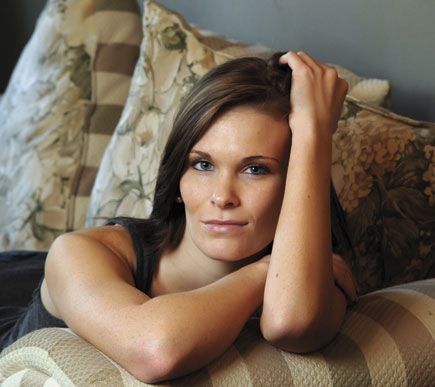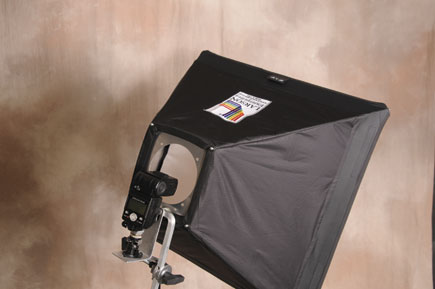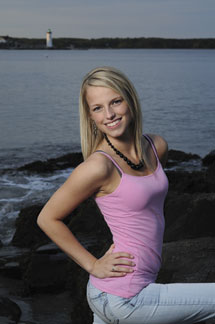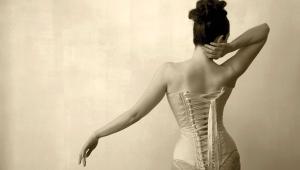Off-Camera Flash; Create Directional Light With A Simple Setup
Most of us know about making outdoor portraits using the small fill flash on our cameras. But these photos have a “look” that tells everyone they were “made with flash.” They have a flat, often harsh look to them. A more sophisticated technique that can be accessed with many new cameras is the use of off-camera flash; you can even use multiple units controlled directly from the camera. I use Nikons, so I have access to the Nikon Creative Lighting System (CLS). In this article I’ll cover using a Nikon D300 with Nikon SB-800 and SB-900 flash units.
 |
||
|
||
I use single or multiple units, depending on where I’m working and what I want to bring to the job. In the studio, I use multiple lights to create depth and to flatter my subject. I typically use a main, fill, hair, and background light. Experience shows that while flash on the camera directed straight at the subject allows me to get a proper exposure, it certainly won’t win any awards for lighting. Flash modifiers help with a single flash to improve the one-light look, but they can’t change one important factor—the light’s direction. As I’ve noted many times in the past, light has four considerations—quality (hard, soft), quantity, direction, and color. By removing the flash from the top of the camera, you can control direction as well as the other three considerations.
 |
||
|
||
On-Camera Control Of Off-Camera Flash
First, the triggering part. Using flash units fired remotely by infrared technology means that you must maintain line of sight between the flash sensor and the camera. It also means that outside you’re limited to about 30 feet (maximum distance). Radio control transmitters eliminate this dilemma, including the use of several receivers for multiple flash. With most of the new top-end flash units and cameras this technology is built-in, allowing you to use your camera in “Commander” mode (flash may or may not fire from the camera position) and the other flashes in Remote mode. The big bonus is that all the units will work in TTL, Auto, or whatever other mode you choose.
 |
 |
|
|
||
The Nikon SB-900 flash unit is the flagship unit of the system. It replaces the SB-800 and has a few improvements, the most important ones being ease of use switching from Commander to Remote, a zoom head all the way to 200mm, and three lighting patterns. The “even” pattern is really great for group photos. Nikon also has several choices for additional lights, such as the SB-600, SB-400, and SB-200, all of which can be used as Remotes, but not as Commander units. Nikon also offers the SU-800 Commander unit; it isn’t a flash, just the Commander control, so you can use your flash unit off-camera or with certain basic camera models that do not have the Commander mode built into the body. All units work together seamlessly.
 |
||
|
||

















































